Inventions have been a driving force behind progress and innovation throughout human history. From the wheel to the internet, they have transformed the way we live, work, and interact with each other.
But despite their importance, there are many myths and misconceptions surrounding the process. These myths can be misleading, and they can even discourage people from pursuing their own creative ideas. That’s why we’re here to set the record straight.
We will be debunking some of the most common myths. We’ll take a closer look at the process, explore the role of trial and error, and discuss the unintended consequences of some of the most famous inventions in history.
By the end of this post, you’ll have a better understanding of what it really takes to create something new and innovative.
So, whether you’re an aspiring inventor or just curious about the world around you, let’s dive in and separate fact from fiction when it comes to inventions.
Myth #1: Inventions are created by individuals working in isolation
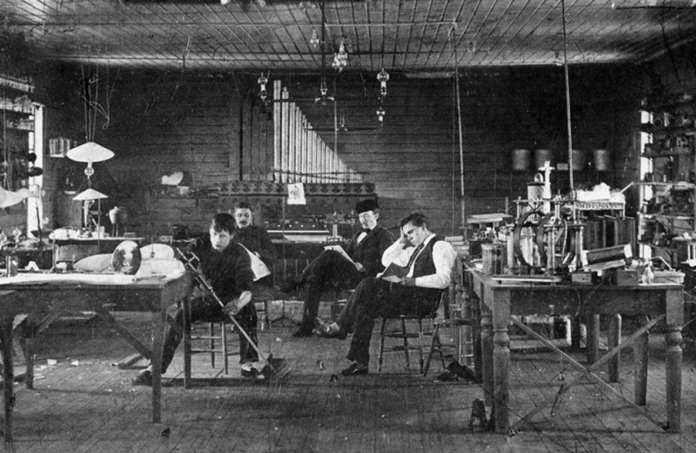
Many people believe that inventors work alone in their labs, coming up with brilliant ideas all by themselves. However, this is far from the truth. In reality, most inventions are the result of teamwork and collaboration.
Take, for example, the invention of the light bulb. While Thomas Edison is often credited with its creation, it was actually the result of a team effort involving several other inventors and engineers.
Once you read here more about this topic and understand a few things, you will right away know what is necessary and that is certainly not solitary.
Myth #2: Inventions are created by geniuses
The myth of the lone genius inventor overlooks the fact that innovation often requires a team effort. Moreover, inventions are seldom created in a vacuum. They are often built on top of existing ideas and technologies, and their development is influenced by social, economic, and cultural factors.
Another point to consider is that trial and error is often an essential part of the invention process. Inventors may have to test dozens or even hundreds of prototypes before arriving at a final product that works as intended.
This process requires patience, perseverance, and a willingness to learn from failure. Indeed, some of the most successful inventors in history experienced many failures before achieving success.
In addition to hard work and persistence, successful inventors also need to be creative problem-solvers. They must be able to identify a need or a problem, and then develop a solution that meets that need or solves that problem in a new and innovative way.
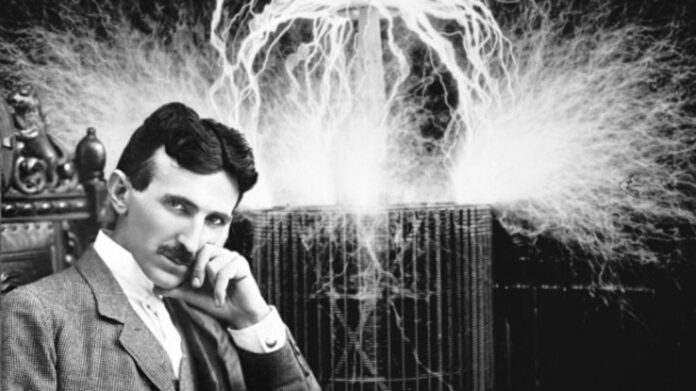
This requires not only intelligence, but also an ability to think outside the box and come up with unconventional ideas.
In short, while intelligence is certainly an asset when it comes to inventing, it is not the only factor. Creativity, perseverance, hard work, and collaboration are also essential.
Myth #3: They are always the result of deliberate effort
Inventions are often portrayed as the result of deliberate effort and careful planning. However, this is not always the case.
Many of them were the result of accidents or serendipitous discoveries. For example, the microwave oven was invented when a scientist noticed that the chocolate bar in his pocket had melted while he was working with a magnetron.
Myth #4: Patent always follows
Patents are often seen as the hallmark of successful inventions. However, not all inventors choose to patent their creations.
Some may not have the resources to file for a patent, while others may believe that their invention is not valuable enough to warrant the expense. Additionally, some inventors choose not to patent their inventions in order to keep them open-source and available to the public.
Myth #5: 100% success
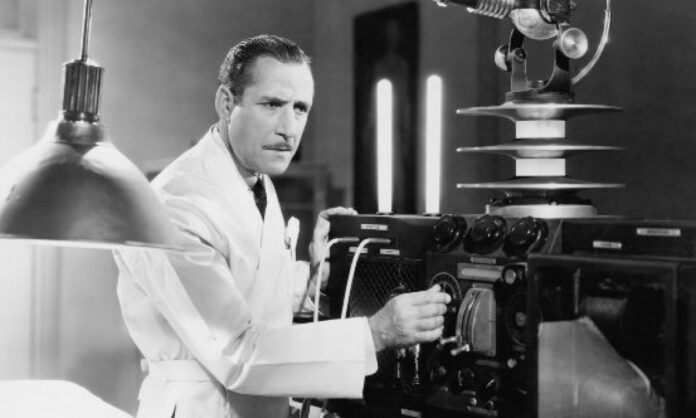
While many inventions have had a significant impact on society, not all of them have been successful.
In fact, many ones fail to gain traction in the market or to live up to their expectations. Some of these failures are due to factors such as poor timing or execution, while others are simply the result of a lack of demand or interest.
Myth #6: Inventions always come from advanced societies
There is a common belief that they only come from advanced societies with access to the latest technology and resources.
However, this is not always the case. Inventions have been made throughout history by people from all walks of life, including those from less advanced societies.
Myth #7: Constant positive impacts
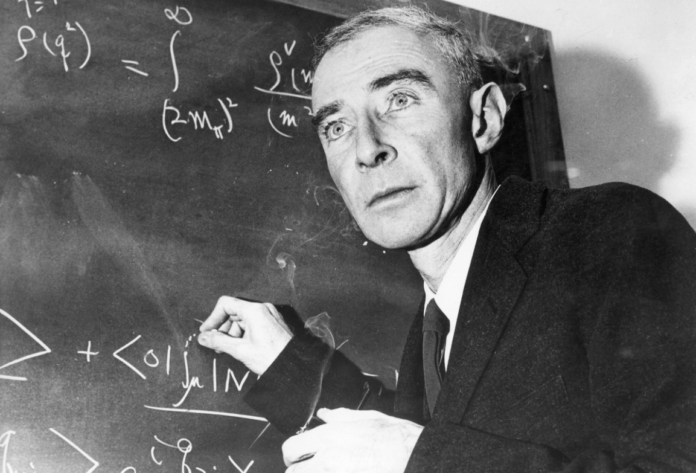
It’s easy to think that each one is a good thing, but that’s just not the case. In fact, many inventions have unintended consequences that can be quite negative.
For example, while cars have revolutionized transportation, they have also contributed to air pollution and climate change. And while social media has connected people around the world, it has also been linked to mental health issues and the spread of misinformation.
These unintended consequences can be hard to predict, but they are an important reminder that we need to be thoughtful and deliberate in how we create and use new technologies. So the next time you hear about a new invention, ask yourself: what could go wrong?
Conclusion:
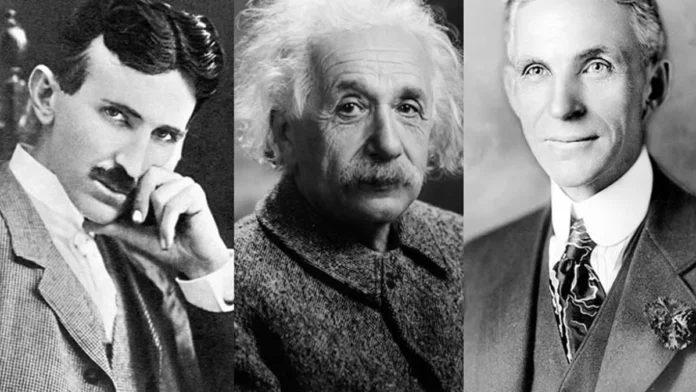
We’ve debunked some common myths. We’ve learned that inventions are rarely the work of a single person. We’ve also seen that they can have unintended consequences, and that not all inventions have positive impacts on society. But despite these complexities, inventions remain a driving force behind progress and innovation.
So, how can we make sure that we’re creating inventions that truly benefit society? It starts with understanding the myths and misconceptions.
By recognizing that inventions are rarely the product of a lone genius, we can begin to foster collaborative environments that encourage creativity and innovation.
By acknowledging the unintended consequences, we can take steps to mitigate any negative impacts they might have.
Ultimately, the truth is complex and multifaceted. But by staying curious, asking questions, and keeping an open mind, we can continue to push the boundaries of what’s possible and create a better world for all.








